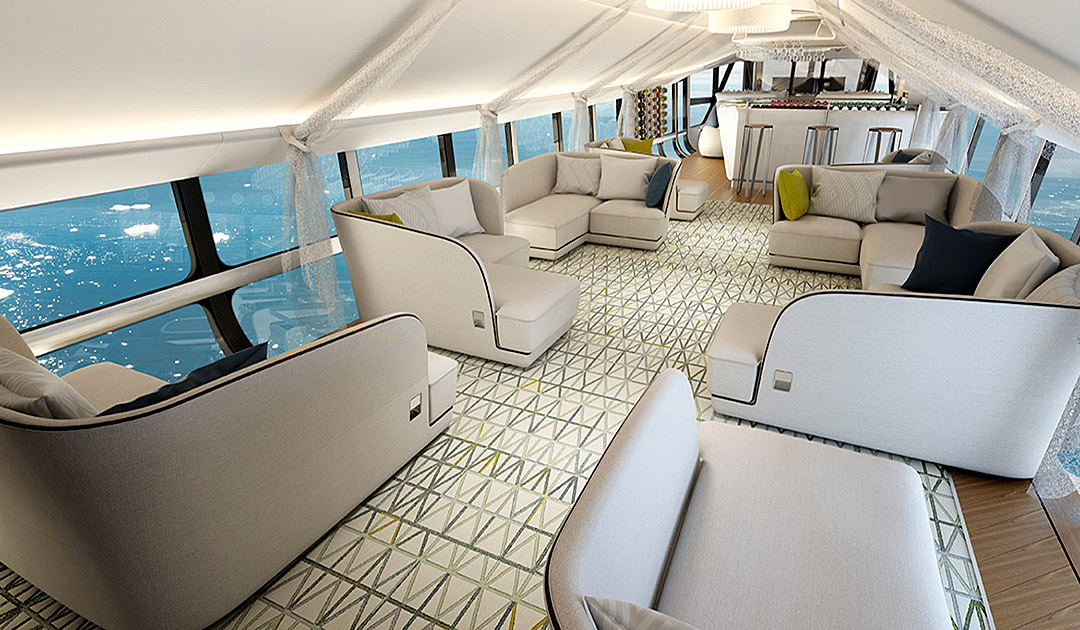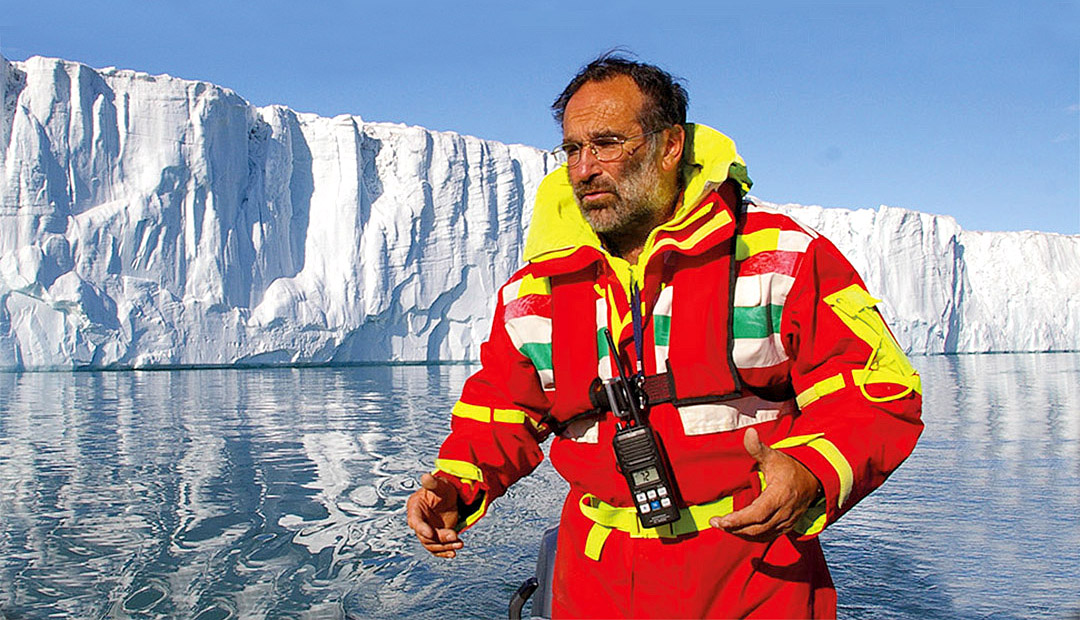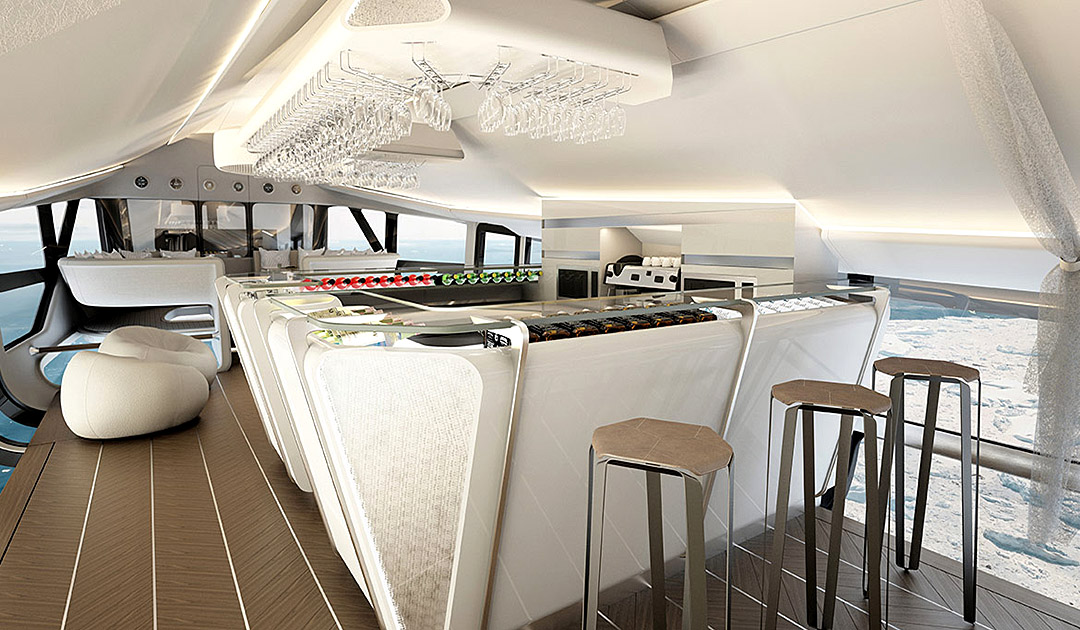
The French expedition tour operator Grands Espaces is known for its expeditions with small yachts and ships to the polar regions. The company, founded by Christian Kempf in 1998, is now breaking new ground. Grands Espaces will be offering its customers the opportunity to experience new adventures in hard-to-reach and undiscovered places by airship. Grands Espaces plans to expand with the “Airlander 10” from 2028 and offer trips to “less explored regions of the world, including the Arctic”.

The “Airlander 10” has been under development since 2007 and promises lower emissions, fuel consumption, noise and operating costs. The airship measures 92 x 43.5 metres (302 x 143 feet) and is filled with helium. According to the manufacturer, the range is expected to be 7,400 km (4,600 miles), the maximum speed around 137 km/h (85 miles/hour) and the airship will be able to stay in the air for up to five days. The “Airlander 10” is currently the longest aircraft in the world.
The first “Airlander 10” will run on kerosene, but according to the company Hybrid Air Vehicles (HAV), it will achieve a 90% reduction in fuel emissions compared to equivalent aircraft. In the future, further airships will fly emission-free and be equipped with hydrogen fuel cell systems. The first “Airlander 10” will be powered by four diesel engines with an output of 325 hp each.
With a flexible payload compartment, the “Airlander 10” can be configured for various applications, from dining rooms in the sky to surveillance centers. Or for exciting adventure trips.

Christian Kempf: “We always lead the way with a pioneering spirit. We have been working with HAV for four years to prepare this project and this partnership. The signing of this reservation agreement is a significant step forward. We find in HAV the pioneering and innovative spirit that appeals to us and we are confident that we will achieve great things together.”
The ability of the “Airlander 10” to take off and land from any reasonably flat surface, including water and ice, is said to have been a decisive factor in the collaboration with Grands Espaces. The aircraft also requires minimal fixed infrastructure, which will help to expand Grands Espaces’ services in the long term.
According to the British company Hybrid Air Vehicles (HAV), it now has an order backlog of more than 1 billion pounds (1.2 billion US dollars). The Spanish regional airline Air Nostrum has also ordered 20 “Airlander 10s”.
The idea of using the aircraft for Arctic expeditions is not new per se. The Swedish company Oceansky Cruises had already expressed its intention to offer luxury trips to the North Pole three years ago. However, instead of 2023 or 2024, as originally planned, the start date had to be postponed due to the development of the airship. The website currently states “no later than 2026”.

Hybrid Air Vehicles (HAV) focuses on expansion
In future, production of the Airlander is to begin in a new factory in South Yorkshire, UK. The plan is to produce up to 24 airships per year with 1,200 employees.
George Land, Executive Director of Sales at HAV said: “The Airlander is an aircraft that brings great opportunities to the world of travel and tourism, offering more services and new experiences without the negative impact that old airplanes have on the planet.”
However, travel is only one aspect of the company’s plans. HAV is also developing the “Airlander 50”, a larger version with a payload of up to 50 tons, which is suitable for both cargo and passenger applications.
Furthermore, HAV recently announced that they are also working with BAE Systems, the UK’s largest defense contractor, to potentially deploy the airship in the defense and security sector, as both Airlander versions have military-grade capabilities.
Heiner Kubny, PolarJournal
More about this topic





